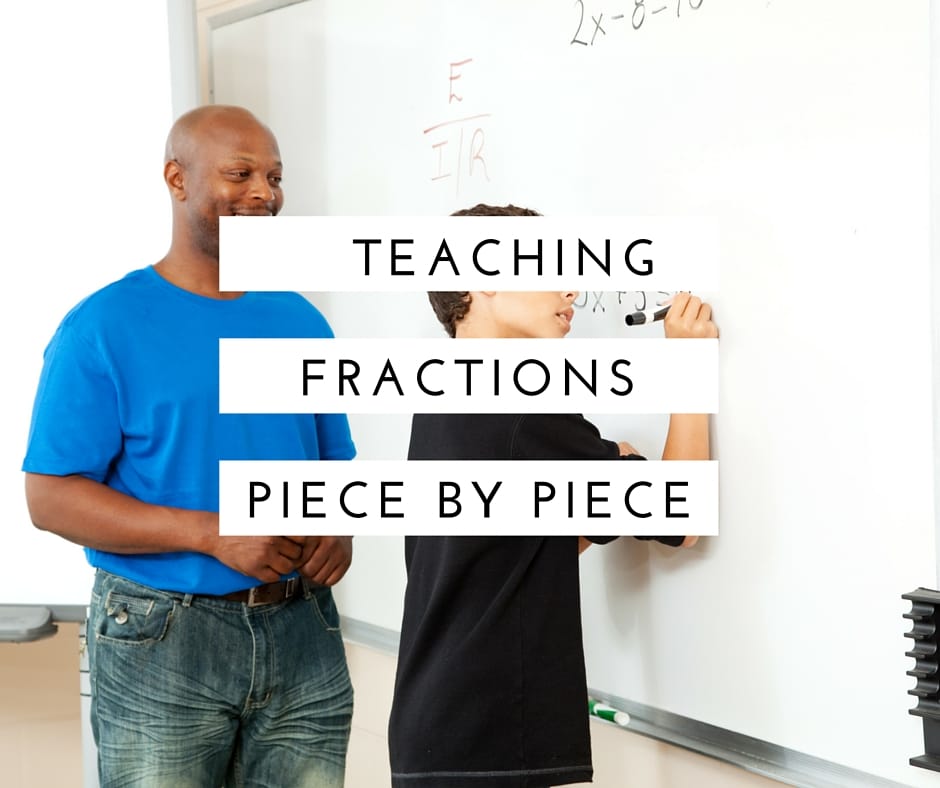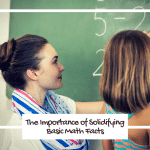Ugh. Fractions. I love to teach math, but fractions-blah. So like with any challenging unit, I like to bring in something tangible. Remember, kids were designed to manipulate items and are tactile learners, some on into ten and eleven years of age. This activity is great for all ages and will teach several different concepts including arrays, fractional equivalents, simplifying fractions, and eventually numerical relational concepts.
My school has a morning snack time, so I use individual ice cream cups, but if your school doesn’t allow outside food, or doesn’t have a snack time, you could easily use cans of play-doh or another item that is comparable in size.
Be sure to choose items that are large and aren’t going to get lost in the shuffle of things. My class sits at 17 students right now, so I include myself in the count so to avoid getting stuck with a prime denominator. So we have 18 items. I line these items up in a straight line and have my students take out a piece of paper to make a factor sheet and label it “Factors of 18” across the top.
My students have already learned what factors are, so we do a quick review of vocabulary and are ready to begin. I have them write the factor set that I have on the table, 18 items in a line: 1 X 18. I then ask my students how to split 18 in half. Again, my students already know that the denominator for a half of something is two. The kids tell me to move one container down and redistribute the others equally. We then write down 2 X 9, which matches the array I’ve created. We will continue in this fashion showing the kids that some numbers don’t distribute evenly so those two numbers are not factors. By the end we have the following on our factor sheet: 1 X 18, 2 X 9 and 3 X 6.
Now I have the kids start building fractions with the containers. Since we are sitting on the carpet doing this activity I’ll have two students come up and each will create his own fraction. For example student A will create 6/9 and student B will create ½. I will then ask the rest of the students if these fractions are in simplest form. Prior knowledge tells them that when a numerator is one the fraction is in simplest form, so fraction B is simplified.
When we move to fraction A though the kids can look on their factors of 18 page and know that the numbers 9 and 6 are factors of other numbers so fraction A can be simplified further. My class and I then begin executing the steps of fraction simplification. First does the numerator go into the denominator equally? No, so we move to step two. Is there one number that can go into both numbers equally? Yes, three will go into both so I call a student up to demonstrate how three will go into both six and nine. The student builds an array for the numerator and denominator. Three times two equals six and three times three equals nine. We mark out the common number of three and the numbers we are left with is our simplified fraction, 2/3, and that 6/9 is an equivalent fraction. Once the students get the sequencing down they begin to understand the numerical and operational relationships.
Next we move to linking cubes or geometric counters of the same shape. I only use the ice cream as the introduction to these skills. I also have my students write down the factors of one through fifty each week so they become very familiar with LCDs, GCFs and prime numbers.
How do you give fractions a hands-on application in your classroom?





